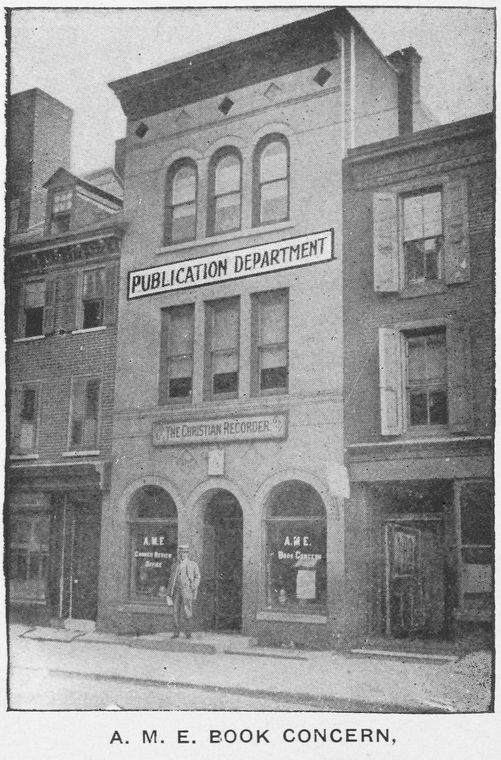
Freedom Seeking and New Life Building
A Fresh Look at Arriving in Philadelphia as a Freedom Seeker on the Underground Railroad


A Neighborhood of Support
A Neighborhood of Support. Click to expand.
When Freedom Seekers arrived in Philadelphia in 1838, they found a city within a city of 20,000 Black people.

An Active Political Population
An Active Political Population . Click to expand.
As a new arrival, you would quickly come to realize that this community was involved in many levels of political organization.

Multiple Safe Houses
Multiple Safe Houses. Click to expand.
Your journey to Philadelphia must include a place to stay.

Large Scale Underground Railroad Organizing
Large Scale Underground Railroad Organizing. Click to expand.
One thing you'll find out quickly is just how many people, routes and ways are involved in rescuing people from enslavement.

Multiple Churches to Join
Multiple Churches to Join. Click to expand.
Most new arrivals in Philadelphia would join a church right away.
A Municipal Center For On-Going Support
A Municipal Center For On-Going Support. Click to expand.
At some point you may need financial help. Maybe you'll need help for rent, or help to pay the doctor. You might also want to start a group and need a public room to rent.

Social Support To Launch into a New Life
Social Support To Launch into a New Life. Click to expand.
If you are a woman, you might start your new life here, at the Moral Reform Retreat, a shelter founded by Black women for Black women in 1843, and led by Hetty Reckless, who was a Freedom Seeker herself.

A Community of Underground Railroad Agents
A Community of Underground Railroad Agents. Click to expand.
You would quickly find that there were hundreds, maybe thousands, of people working to bring enslaved people to freedom.

Books and Higher Education
Books and Higher Education. Click to expand.
If you want to, there are ways to get higher education as well.

Medical Support
Medical Support . Click to expand.
If you get sick, there are people who dedicate their lives to medical assistance.
A Culture that Loves the Arts
A Culture that Loves the Arts. Click to expand.
You most likely will hear music as you walk through the streets and alleyways of the 1838 Black Metropolis.

Schools for the Children
Schools for the Children. Click to expand.
Your children can attend school.

A Black Transatlantic Center
A Black Transatlantic Center. Click to expand.
You may begin to realize that you are in the bustling and important black transatlantic center.

